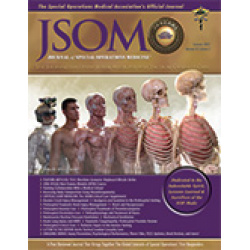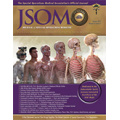Management of Pediatric Sepsis: Considerations for the Austere Prehospital Setting
Williams NC 22(2). 120 - 125 (Journal Article)
Septic children are among the most challenging and resource-intensive patients that clinicians see around the world daily. These patients often require a broad range of therapies and assessment techniques, frequently relying on expertise across multiple specialties such as radiology and laboratory services. In developed nations, these resources are readily available or in close proximity, as transport is often logistically feasible to coordinate transfer to definitive care. In developing nations and areas of conflict, this is not the case. Most of the world's population lives in developing nations, resulting in inadequate access to specialized pediatric intensive care resources. As a result, many clinicians globally face the unique challenge of caring for septic children in resource-deprived and austere settings. Areas recovering from natural disasters, remote villages, and conflict zones are examples of austere environments where children have an increased risk of sepsis while having the fewest medical resources available. This creates a unique challenge that prehospital clinicians are specifically tasked with managing, sometimes lasting for multiple days pending the possibility of a transport option. Clinicians in these environments must be aggressive in identifying and treating critically-ill children in resource limited environments, but also nuanced in their care plan due to the limitations of the environment.


 English
English 




